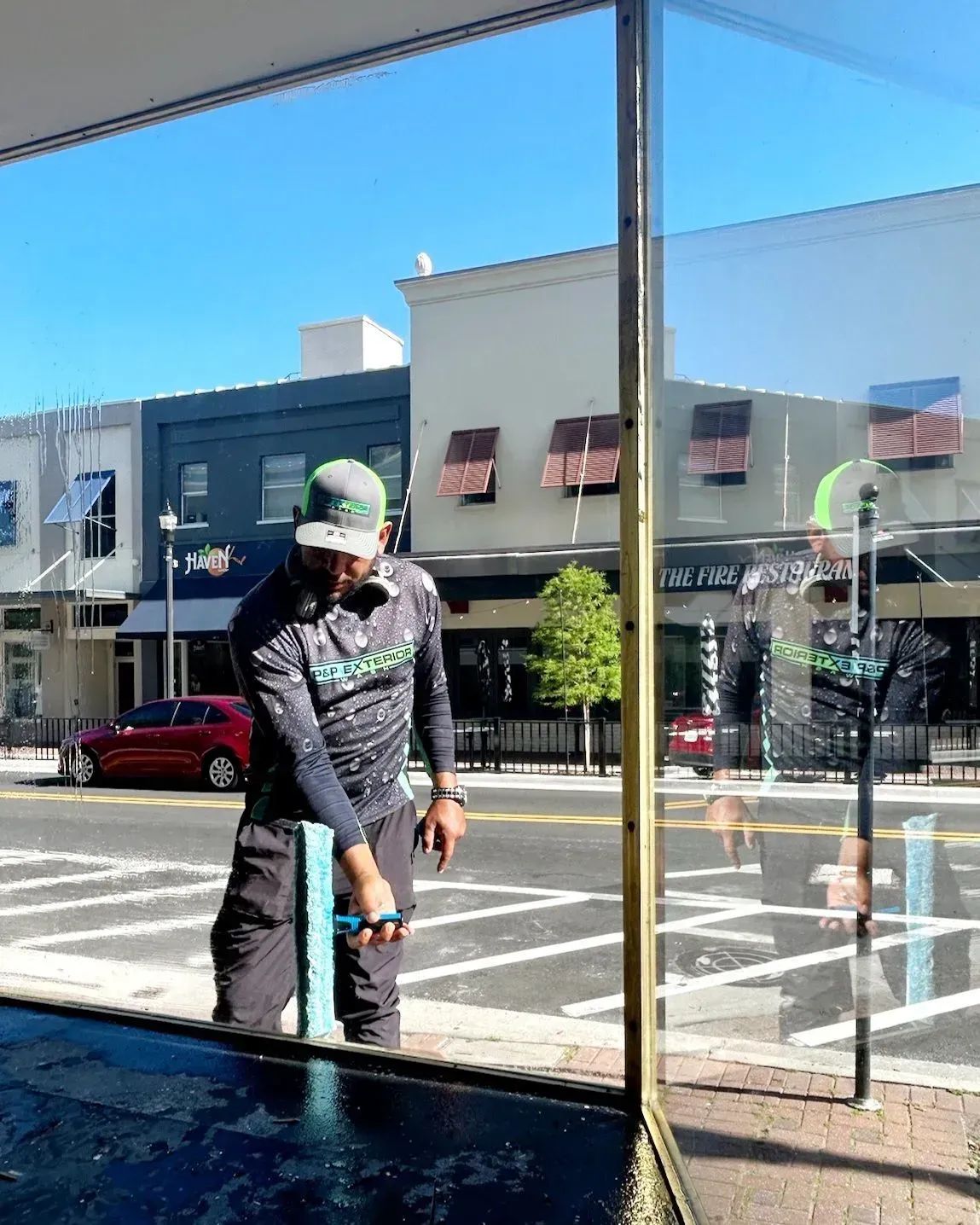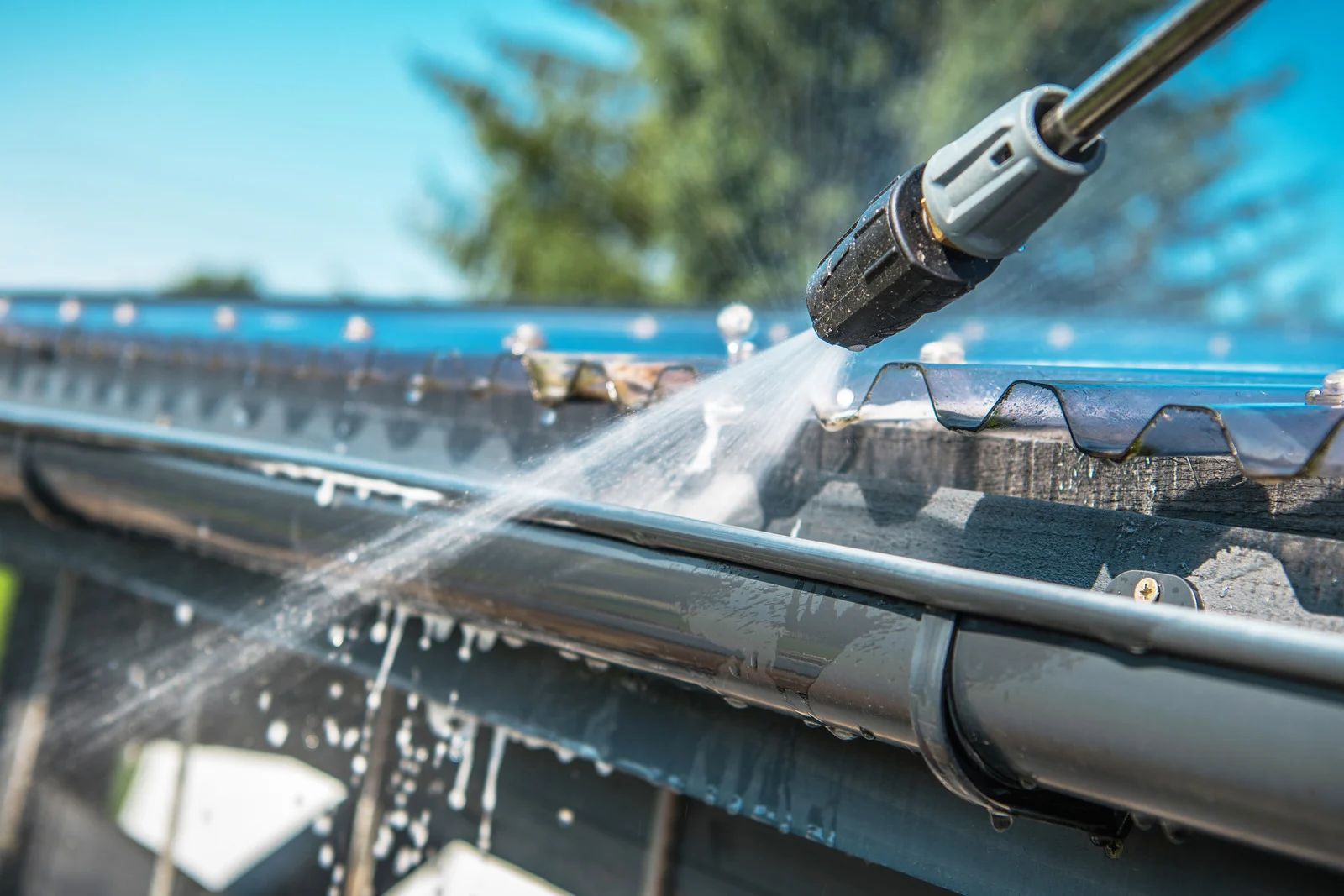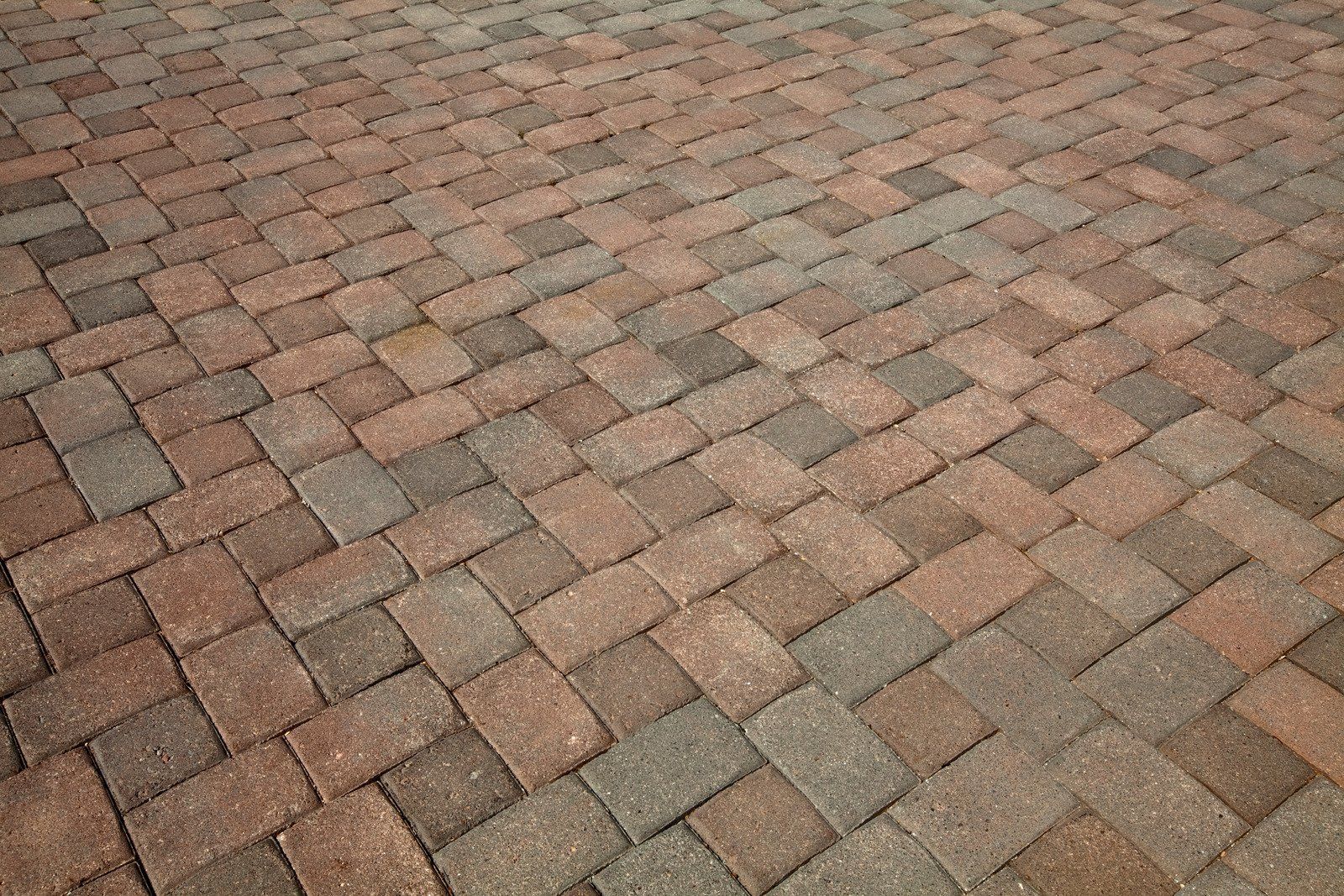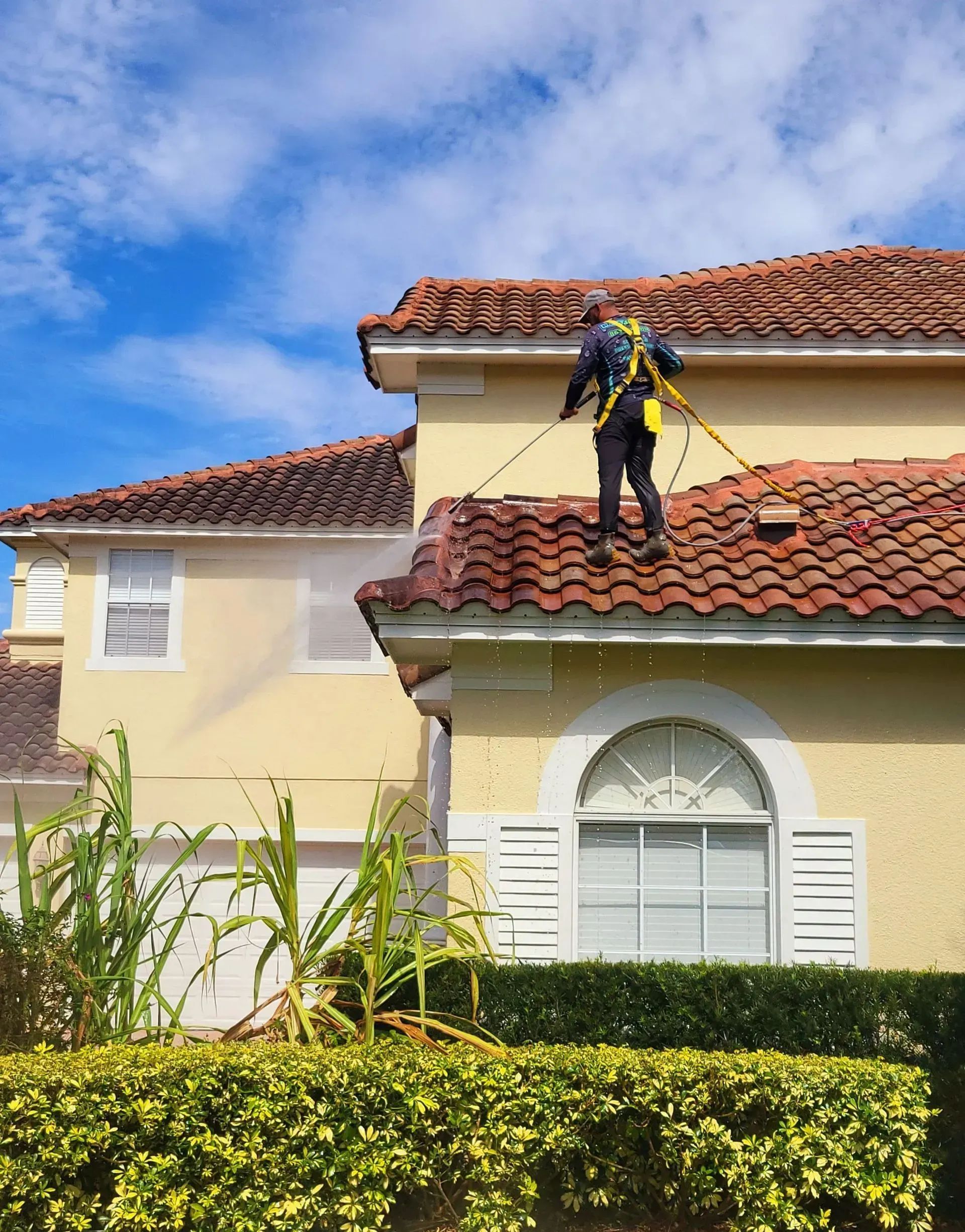Soft Washing vs. Pressure Washing: Which is Best for Your Home’s Exterior?
When it comes to maintaining your home’s curb appeal and structural integrity, exterior cleaning plays a vital role. Over time, dirt, algae, mildew, and environmental debris accumulate on surfaces such as siding, roofs, driveways, and fences. Two of the most effective methods for exterior cleaning are soft washing and pressure washing, but they are not interchangeable. Choosing the right technique depends on the surface being cleaned and the results you want to achieve without causing damage. Understanding the difference between soft washing and pressure washing can help homeowners make informed decisions and protect their investment. Let’s explore both methods and identify which is best suited for your property’s exterior needs.
1. Understanding the Difference in Technique
Pressure washing uses high-pressure water—often exceeding 2,000 PSI—to blast away grime from hard surfaces like concrete, brick, or stone. This method is effective for removing tough stains and debris, but can damage softer surfaces if not used correctly. Soft washing, on the other hand, uses low-pressure water combined with eco-friendly cleaning solutions to gently remove mold, algae, and dirt from more delicate areas like siding, roofs, and screens. It’s a safer option for surfaces that can’t withstand high pressure.
2. Surface Compatibility
Knowing which method to use starts with evaluating the material. Pressure washing is ideal for hard, non-painted surfaces like driveways, walkways, and pavers, where durability is high and the risk of damage is low. Soft washing is more appropriate for surfaces like stucco, vinyl siding, shingles, and painted wood. Applying pressure washing to these delicate surfaces can cause cracking, peeling, or water intrusion, leading to costly repairs.
3. Effectiveness Against Organic Growth
Soft washing is particularly effective at removing organic growth such as mold, mildew, algae, and lichen. Its cleaning solutions not only eliminate visible buildup but also treat spores at the root, slowing regrowth. Pressure washing can remove surface grime but doesn’t penetrate porous materials, allowing organic matter to return more quickly. For long-lasting results in mold-prone areas, soft washing is the superior method.
4. Longevity and Maintenance Benefits
Soft washing offers a longer-lasting clean by neutralizing contaminants at the source. Since it uses detergents to treat microbial growth, surfaces stay cleaner for an extended period. It’s also less abrasive, preserving the integrity of your home’s materials. Pressure washing, while effective in the short term, often requires more frequent treatments and carries a higher risk of surface erosion if used too often or improperly.
Choosing between soft washing and pressure washing depends on your home’s materials and cleaning goals. Soft washing is ideal for delicate or mold-prone areas, while pressure washing suits durable, heavy-duty surfaces. By using the correct method, you can enhance curb appeal, prolong surface life, and maintain your property more effectively and safely.
With over 15
years of experience, P&P Exterior Wash, LLC
serves Polk County, Florida, with professional soft washing and pressure washing services tailored to each home’s unique exterior needs. Our team combines advanced techniques with proven care to deliver results that are both thorough and long-lasting.




